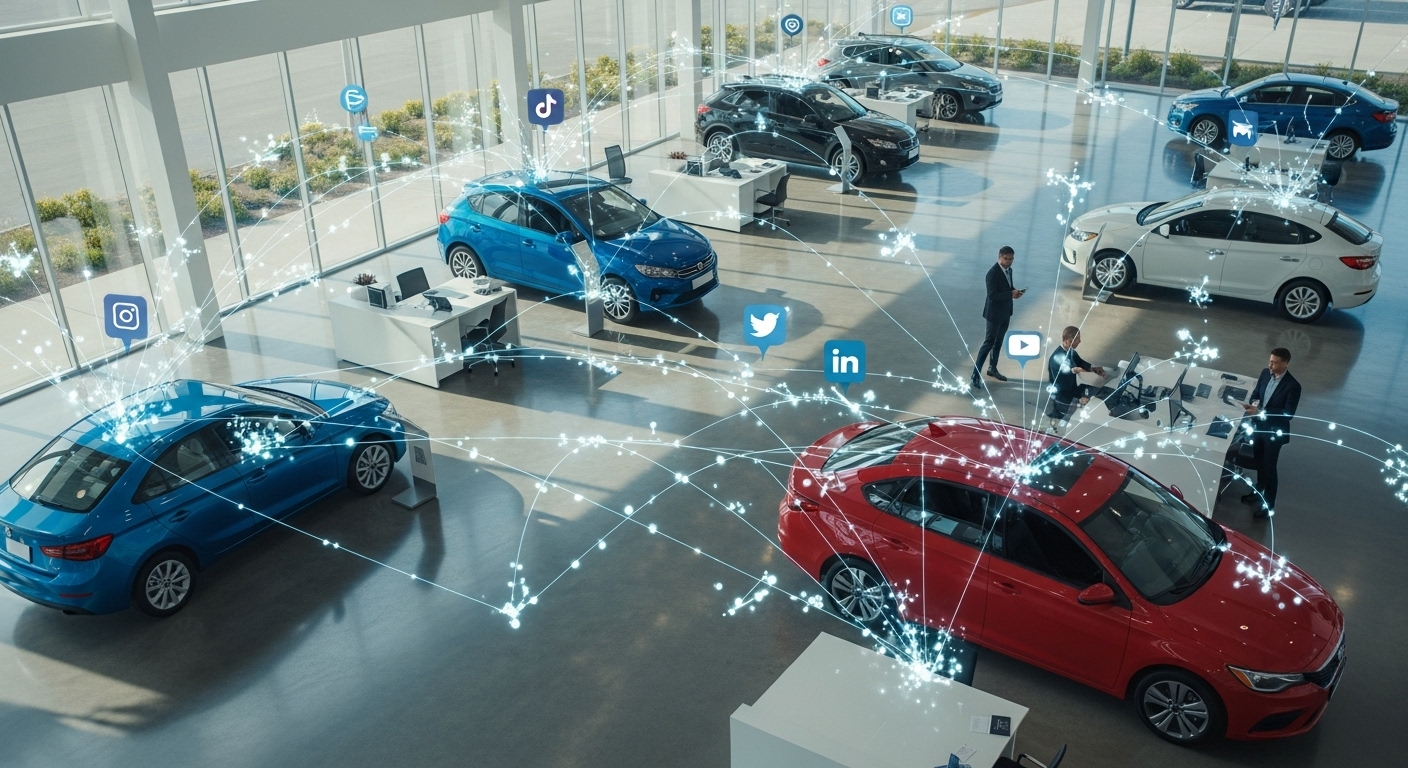The Best Digital Communication Channels for Car Dealerships in 2025
Reading time: 5 minutes

In today’s fast-paced automotive retail world, how you communicate with customers can be just as important as what you’re selling. Digital channels like SMS, live chat, social media, and video are no longer just “nice-to-haves”—they’re essential to building trust, boosting engagement, and closing more deals.
While most dealership staff use digital communication every day, applying those same skills in a professional, sales-focused setting takes training. Below are best practices for using the top digital communication channels to help your dealership connect better, sell faster, and improve the customer experience in 2025.
🚗 SMS Text Messaging: Quick, Direct & Effective
SMS is one of the most effective digital communication tools for car dealerships. Whether you're responding to internet leads or following up on test drives, texting allows for quick conversations that fit seamlessly into a customer's day.
Best Practices for SMS at Your Dealership:
- ✅ Use complete sentences and maintain professionalism—your texts represent your brand.
- ✅ Send a fast initial response confirming you received the inquiry.
- ✅ Limit abbreviations and only use common ones like “BRB” or “FYI” when appropriate.
- ✅ Match tone to role: A sales rep can be more casual (emojis welcome!), but a finance manager should maintain a more formal tone.
- ✅ Always proofread before sending—autocorrect mistakes hurt credibility.
Bonus tip: Enable SMS lead alerts for your team to follow up immediately when a new lead enters your CRM. Response time is everything.
💬 Website Chat: Convert Browsers Into Buyers
Live chat on your website or mobile site helps capture leads right at the moment of interest. Whether a shopper has questions about financing, availability, or trade-in value, quick and helpful responses make a lasting impression.
Tips for Chat Success:
- 💡 Respond within seconds—customers expect real-time replies on chat.
- 💡 Don’t copy-paste generic replies—keep it human and helpful.
- 💡 Know when to escalate to phone or email for more complex conversations.
- 💡 Make use of chat transcripts in your CRM for follow-ups.
Pro tip: Many chat platforms now integrate with tools like AVA™ Credit so you can pre-qualify leads right from the conversation.
📱 Social Media Messaging: Where Visibility Meets Service
Channels like Facebook Messenger, Instagram DMs, and WhatsApp aren’t just for marketing—they’re where customers expect fast service and real answers.
How to Handle Social Customer Service the Right Way:
- 🔍 Treat every message as public-facing—the world is watching.
- 🔍 Don’t redirect with “Call us instead.” Serve them in-channel when possible.
- 🔍 Move difficult conversations to DMs but acknowledge it publicly (“We’ve sent you a DM to help further!”).
- 🔍 Avoid defensive replies to negative comments—be constructive, or take it offline.
Well-managed social communication reflects your brand’s values and responsiveness—both of which heavily influence buying decisions.
🎥 Video: The Underrated Secret to Engagement
In 2025, video messaging is one of the most underutilized digital tools in auto retail—and that’s a missed opportunity. Video helps you build connection, show transparency, and stand out from competitors still relying on plain text.
When and How to Use Video:
- 🎥 Send video walkarounds in response to vehicle inquiries.
- 🎥 Use personalized video follow-ups for leads who haven’t purchased yet.
- 🎥 Dress professionally and tidy your space—your environment is part of your brand.
- 🎥 Use video in email or SMS for a personalized and trust-building touch.
Want more engagement and higher conversion from your internet leads? Add a face to your follow-up.
💡 Final Thought: Set Your Team Up to Succeed
Digital-first car buyers expect a fast, professional, and personal experience across every touchpoint. Whether it’s a text message, a chat response, a DM, or a quick video update, how your team communicates can make or break a deal.
Managers: Share these best practices with your sales, F&I, and BDC teams to ensure consistent and high-quality communication across every channel.
🫶 Sharing is caring.
Latest posts
Browse all articlesYour Edge in Automotive.
The dealer's edge newsletter is the unfair advantage to thousands of high performing automotive professionals. Consumed in 15 minutes, delivered monthly.
Read a sample >Read by automotive leaders at







.jpg)
